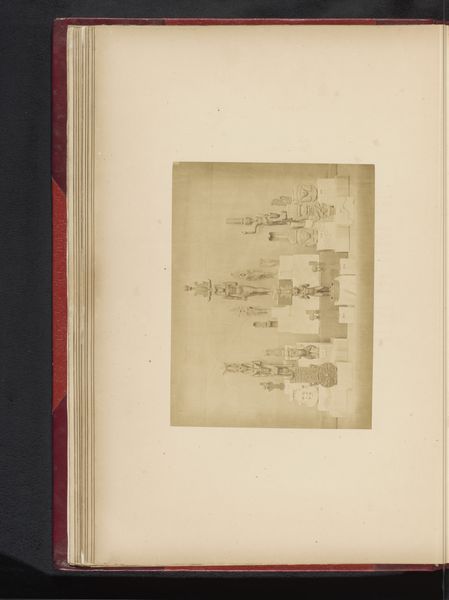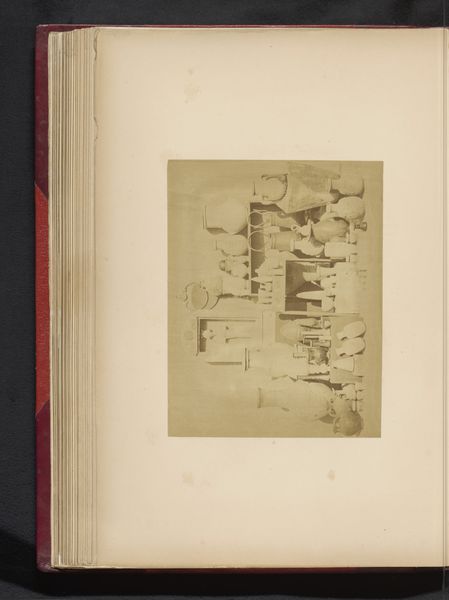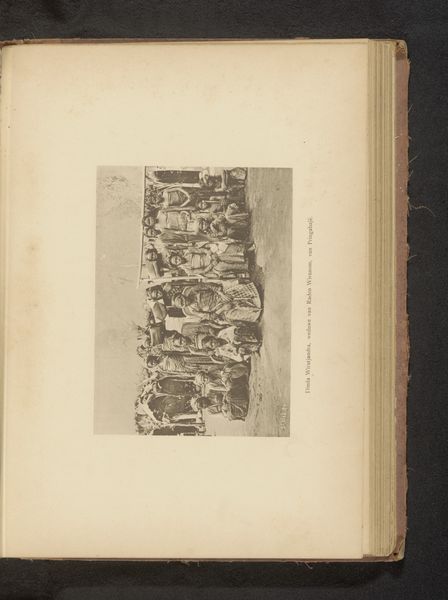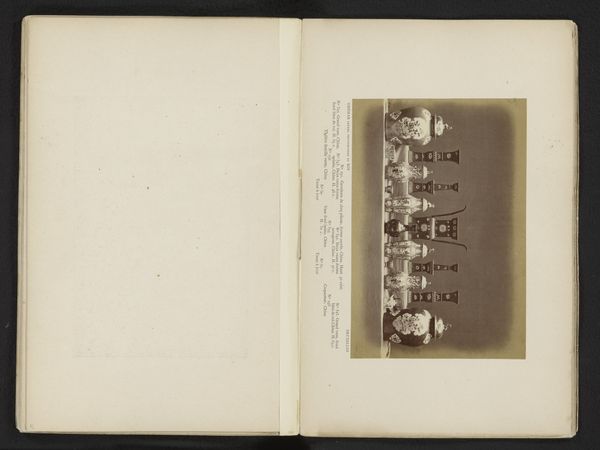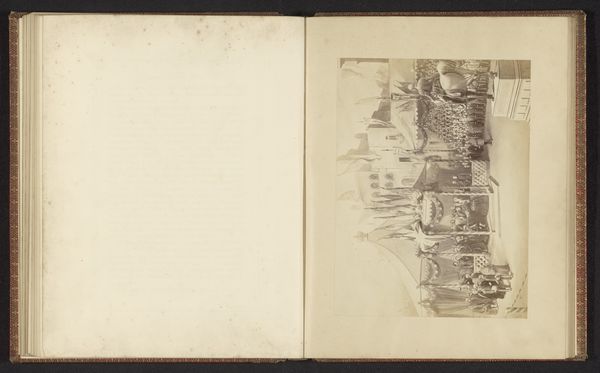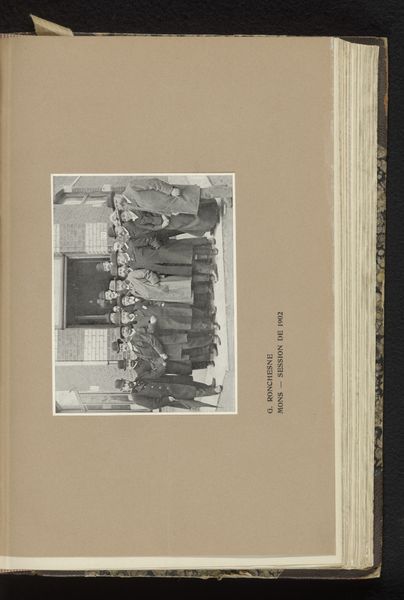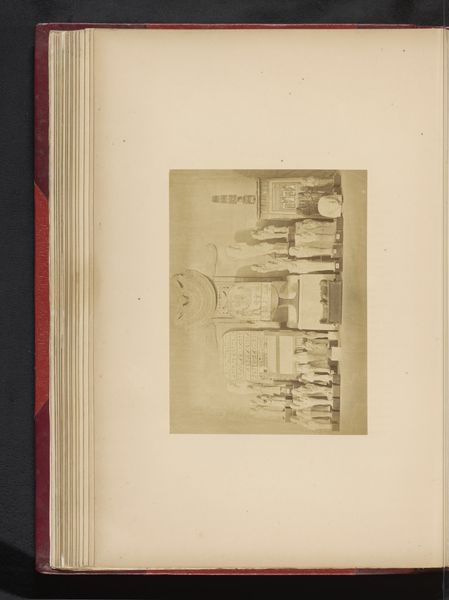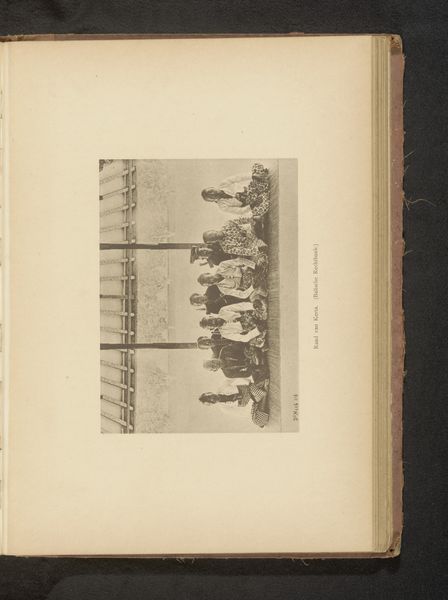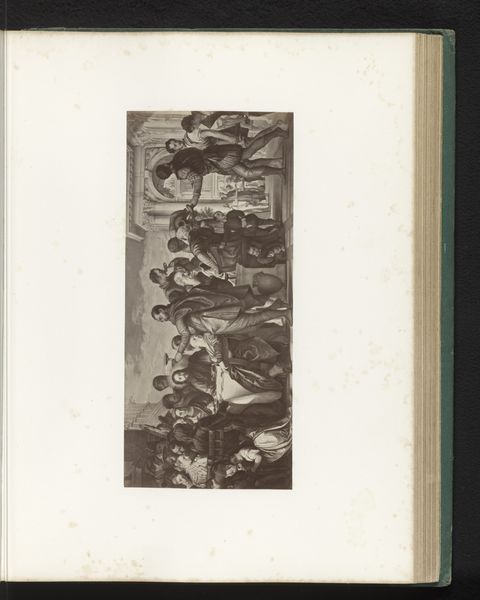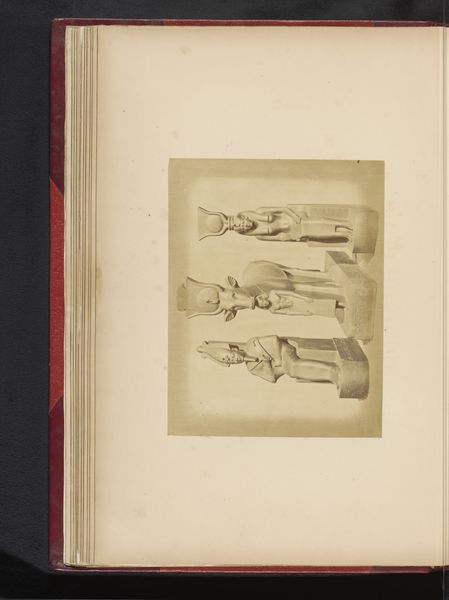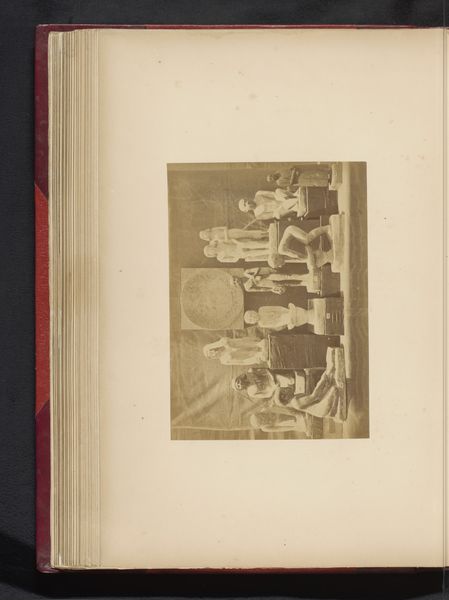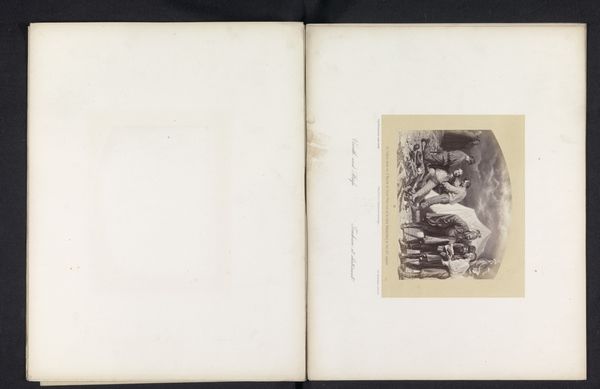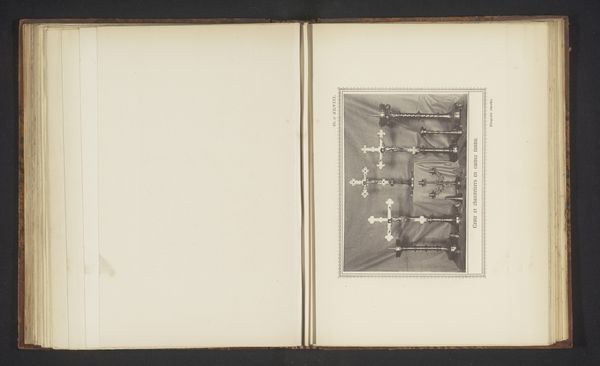
Beelden van Ptah en andere Egyptische afgodsbeelden in het Boulaq Museum in Caïro, Egypte before 1871
0:00
0:00
photography, gelatin-silver-print
#
landscape
#
ancient-egyptian-art
#
photography
#
coloured pencil
#
ancient-mediterranean
#
gelatin-silver-print
Dimensions: height 183 mm, width 240 mm
Copyright: Rijks Museum: Open Domain
Hippolyte Délié made this photograph of Ptah and other Egyptian idol statues at the Boulaq Museum in Cairo. Photography itself is an incredible process, involving a deep understanding of chemistry, optics, and light. Here, the way Délié has used photographic materials influences the appearance of the artwork. The sepia tones and the flatness of the image lend a sense of antiquity, almost mirroring the ancient artifacts it depicts. The process involved coating a surface with light-sensitive chemicals, carefully exposing it to the scene, and then developing the image, each step demanding precision and control. The photograph is a product of its time, reflecting the 19th-century fascination with Egypt. Yet, it is also a testament to human ingenuity, as Délié would have engaged with a network of suppliers, manufacturers, and fellow photographers, each contributing to the final result. This image invites us to consider the labor, materials, and technologies that shape our perception and understanding of art.
Comments
No comments
Be the first to comment and join the conversation on the ultimate creative platform.
